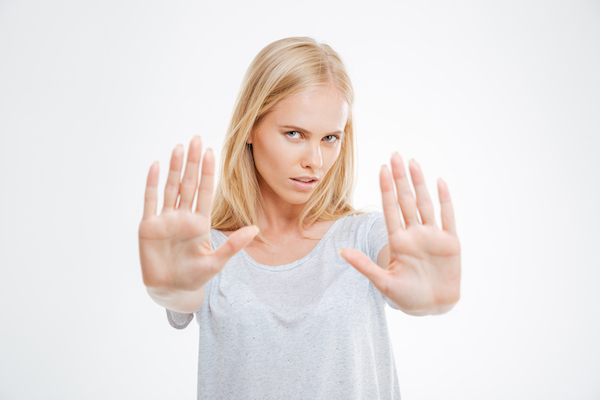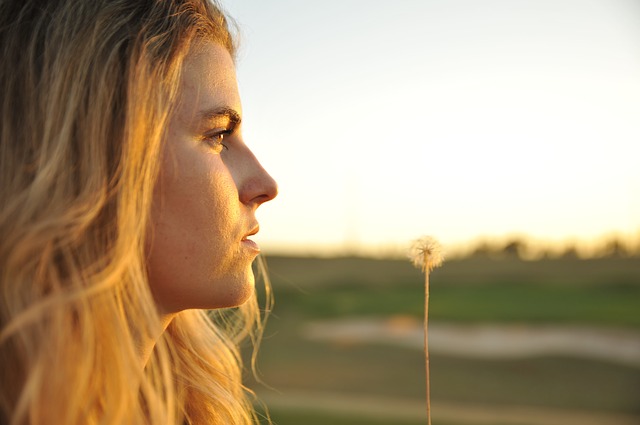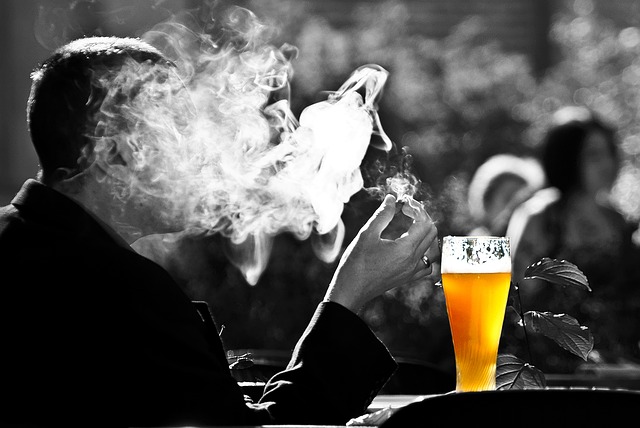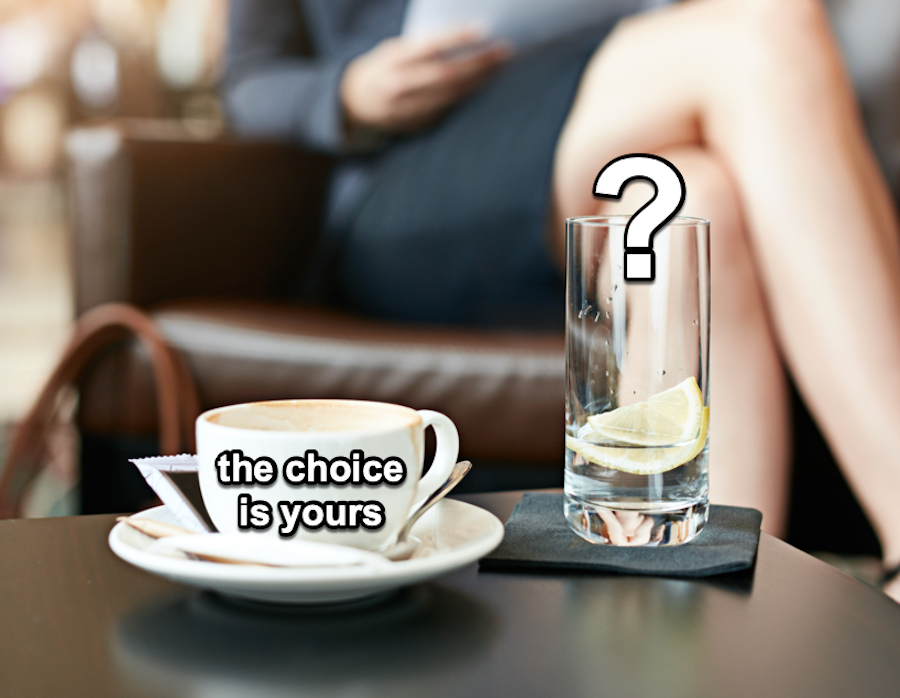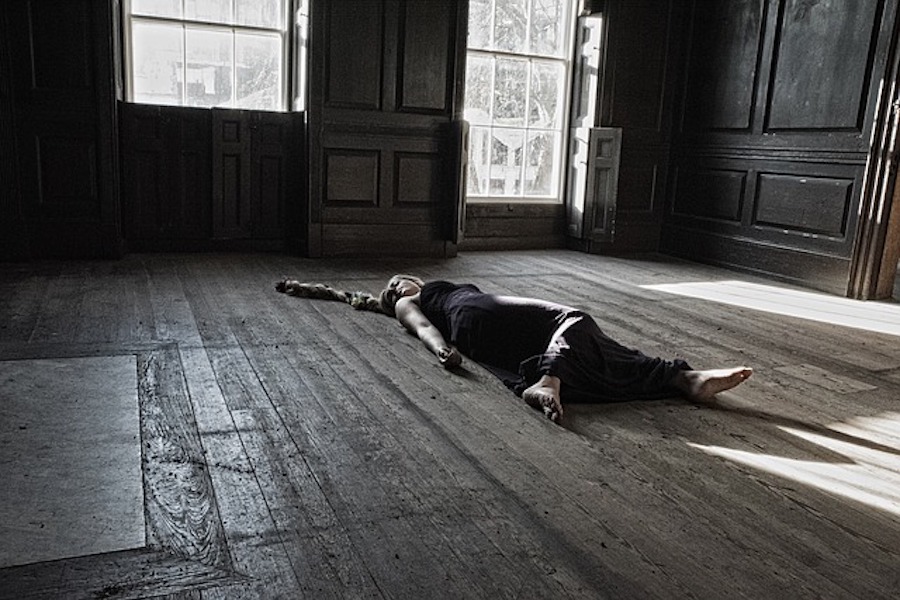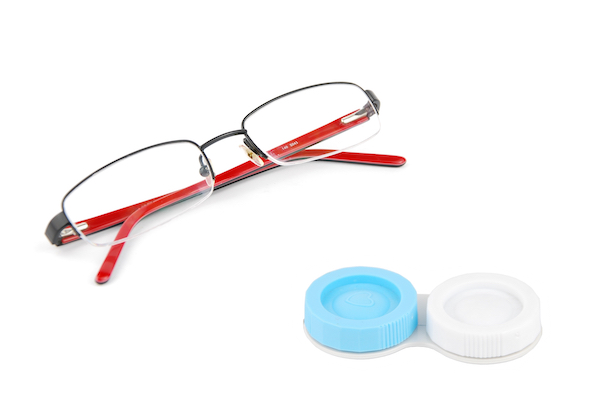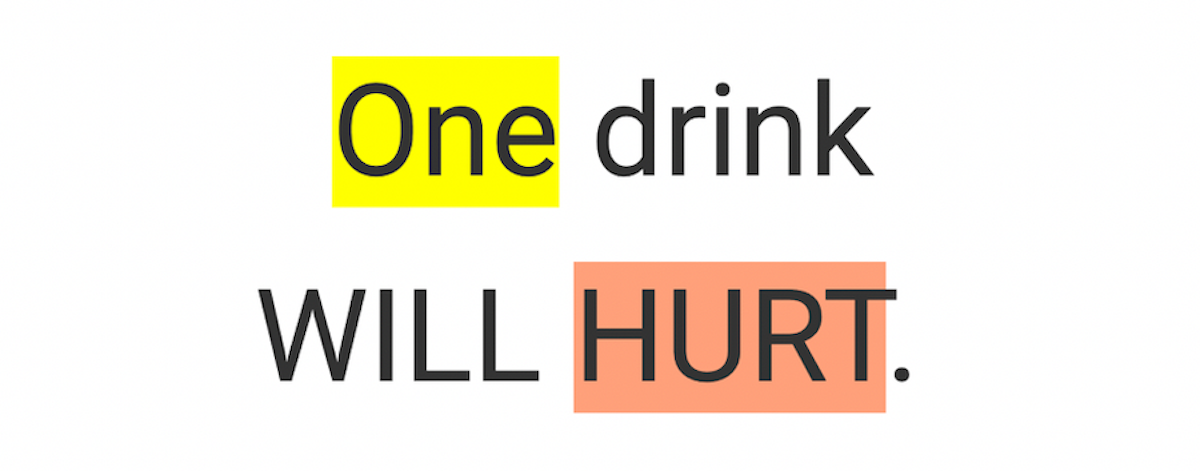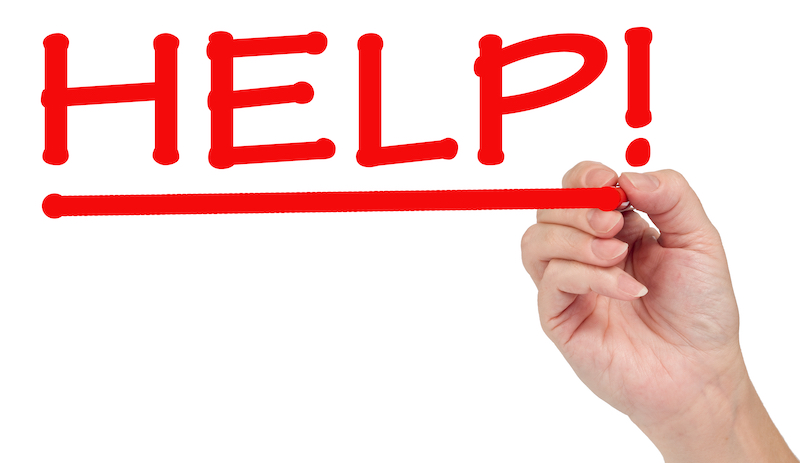
Aren’t Rituals For Witches?
If you’re curious about rituals and how Claire is getting along after our chat, then read on! If you didn’t see it, read about Claire’s questions and answers HERE.
Most of us have mini rituals we go through, day in and day out. I’m not just talking about brushing our teeth and taking showers, that’s just plain being hygienic. No, I’m talking about getting my husband’s sandwich bag all packed up the night before so I don’t have to rush about like a chicken with its head cut off the following morning. Also, I make sure the coffee cups and pods are set out right by the coffee brewer before turning out the lights.
Why do I do this? It’s a comforting “ritual” that helps me feel secure in this high-paced technology-based world that is moving at warp speed. It grounds me. It makes me feel like I am in control of “something,” albeit a small thing.
Claire’s Bad Habit
Back to Claire: She needed to see that her drinking had turned into a habit. A. Bad. Habit. Once she realized that, the old bad habit needed to be replaced with a new good habit. But can it be that simple? Er, yes. And no.
Yes: because your brain pretty much does whatever YOU tell it to do.
No: Why? Because you have to realize that you cannot have another alcoholic drink in your life IF you want to remain sober. Remember, we’re talking about folks with a “drinking problem,” not those who have a few too many every now and then. We’re addressing people who want to quit because they’re sick and tired of being sick and tired. The first step is to “ditch the bottles of booze down the kitchen sink.”
Day 1 is the Hardest but Necessary First Step
Day 1 is by far the hardest. But that IS the FIRST STEP.
If you’ve ever been on a weight-loss diet, you’ll laugh at this. All you darned well think about is food, Food, FOOD! Same thing with the first day or two when you’re going sober. Recognize that. Don’t try to swat the thought away. Just acknowledge the thought, then dismiss it. When we try to push down those thoughts and feelings, it means they’re NOT out of our system, so think the thoughts and then let ‘em go.
Your New Ritual:
Replace “Jeez, I could do with a drink!” With “Jeez, I don’t want a drink, it makes me ill, gain weight, look blowsy”
blows·y
ˈblouzē/
adjective
adjective: blowsy; comparative adjective: blowsier; superlative adjective: blowsiest; adjective: blowzy; comparative adjective: blowzier; superlative adjective: blowziest
(of a woman) coarse, untidy, and red-faced.
Definition of ‘blowsy’ – Courtesy of Google
At this point, you’ve recognized that the ritualistic thought appeared. You then followed up with the stern announcement to your brain: “I don’t want a drink …” Keep on with this every time the urge to drink appears, and one day, you’ll stop having the urge at all. Ask me how I know.
And to that end, I’ll cover the “Urge” topic in the next blog post!
Do you suspect you have a drinking problem? Maybe it’s time to start a new ritual for you!

Introducing our NEW Kindle VELLA Series!
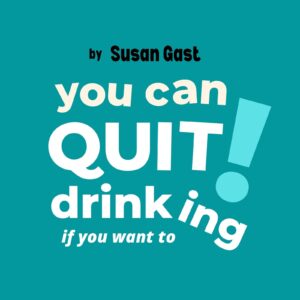
Susan goes in depth with each of the 66 days explained in detail. The first three episodes are TOTALLY free! Check it out today.

